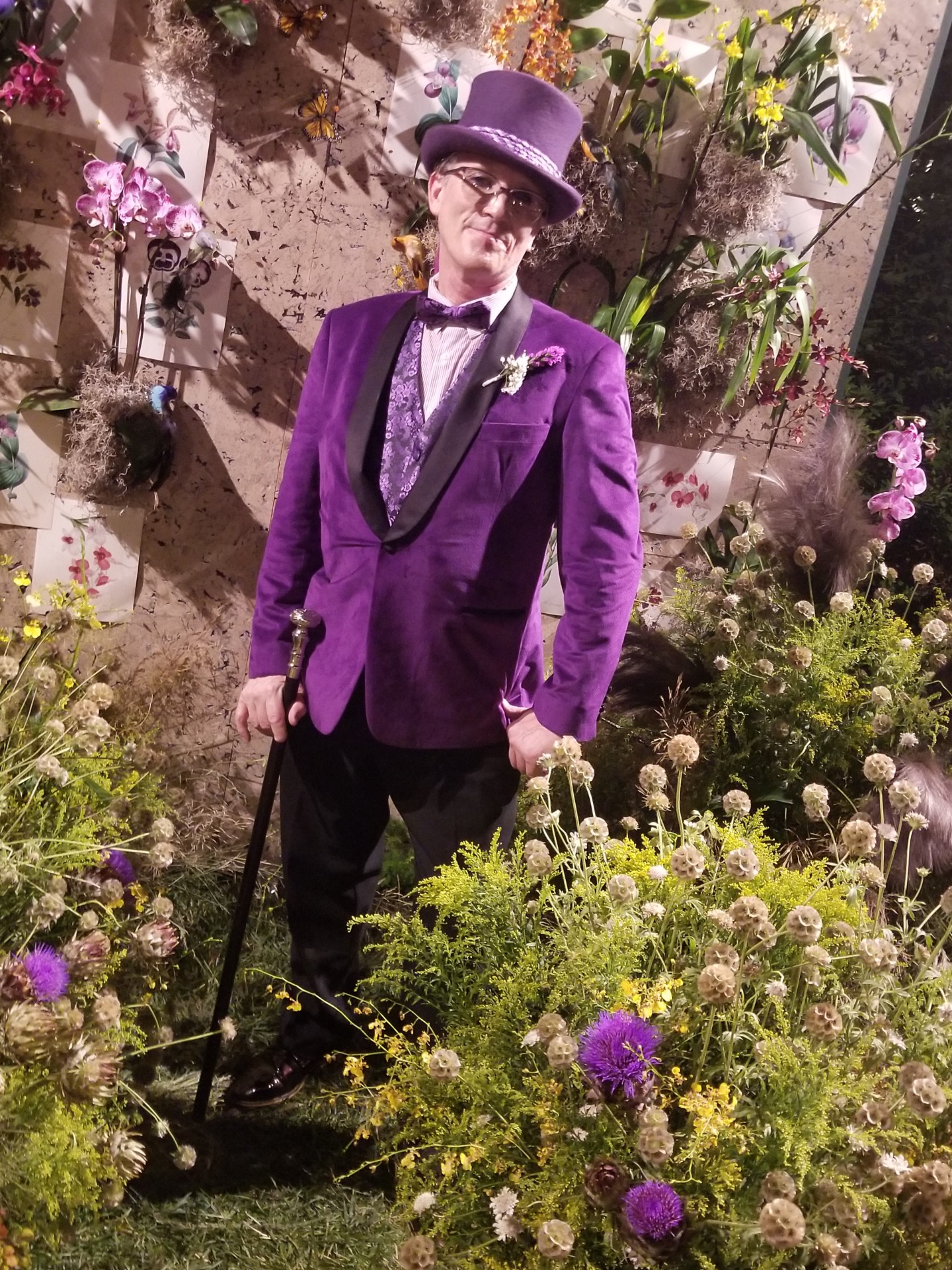We recently connected with David Barrington-Brown and have shared our conversation below.
David, appreciate you joining us today. Can you share a customer success story with us?
At the beginning of the Covid lockdowns, I was asked to build a vocal booth for a multi Grammy winner, which had to also serve as a “Panic Room” for the client and his equally famous wife, who ran a business out of the ground floor of this Spec Home” in the center of a wealthy enclave in the center of Hollywood. It had to be both soundproof and acoustically perfect, to the design of an elite Interior “Designer to the Stars”.
The Security Company had no respect for the “Design Ethos” or “Feng Shui” and insisted upon installing a 600lb bulletproof solid steel, fully opaque, shield, which would have dominated the entire project and rendered it functional as opposed to Art.
So I found a way to set it, invisibly, into the structure of the building, between the two dual glazed doors that allowed natural light into the soundproof vocal booth. With a mere press of a button, an impenetrable barrier appears out of nowhere to protect everyone in the house, while still connected to the outside world electronically.
The client claims that it is the best sounding vocal booth in all of LA, and gets to be in the same house as his wife and children while doing his work.
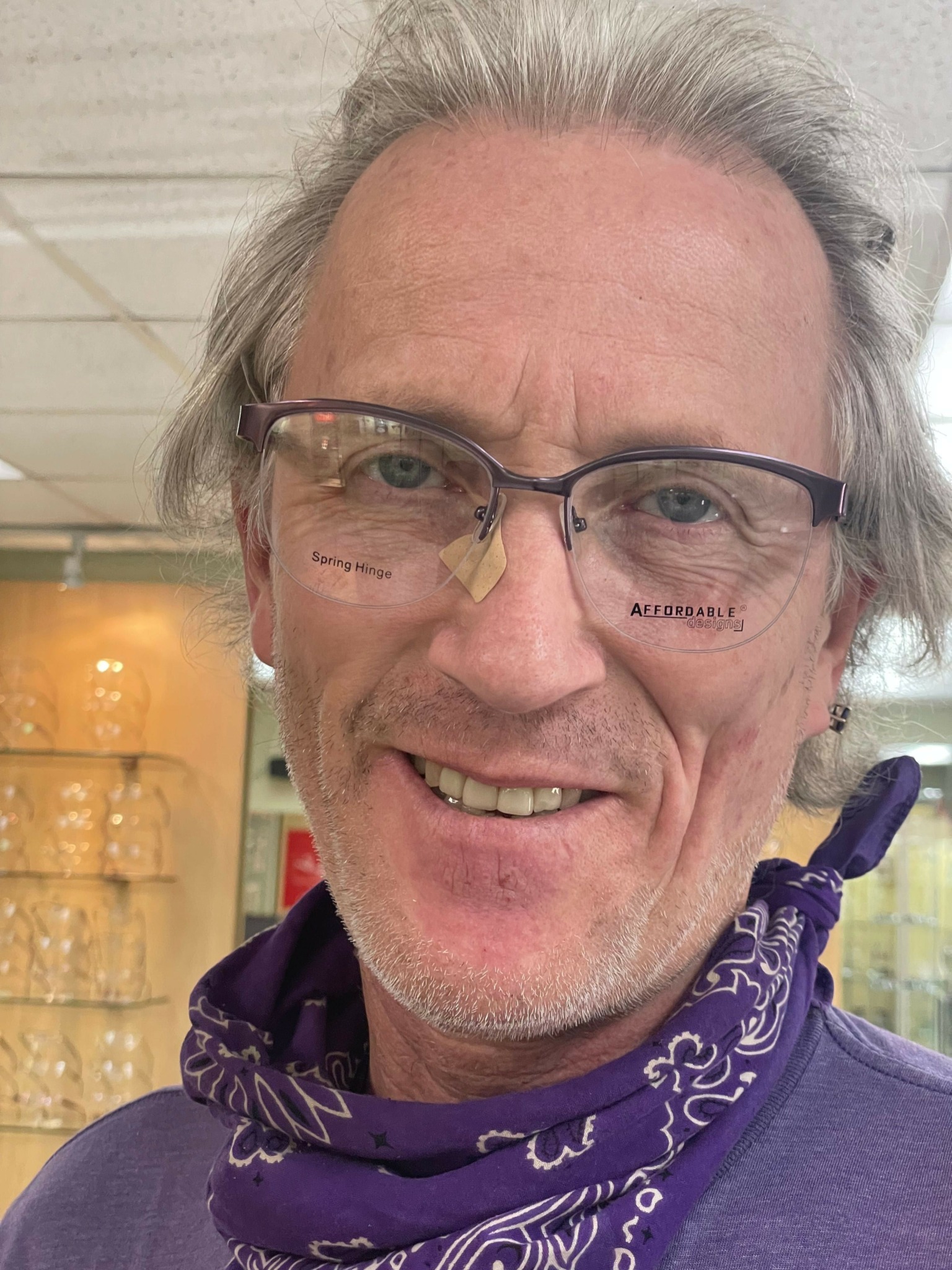
Awesome – so before we get into the rest of our questions, can you briefly introduce yourself to our readers.
I wanted to be a Rockstar. So I converted my parents’ 300 sqft garage into a studio so that I could rehearse and run a business out of it too. It wasn’t soundproof enough for a suburban neighborhood in Southern England in 1982.
My Father was a talented designer/inventor, into Ergonomics before it was even a recognized philosophy. I started working wood when I was 8. After 14 I was working for him in the Holidays and he was teaching me cabinetry to build a mobile discotheque. Double deck/mixer box, light units, speaker boxes, record racks etc
I dropped out of school to pursue my Rock Star dreams. Moved up to London in 85.
Didn’t become a rockstar.
I used my carpentry skills and Ergonomic philosophy to utilize space in London flats.
Bought a house. Lost it in the ‘89 recession. Went bankrupt.
Came to LA in 91
Did wood stuff.
Met Vincent Van Haaf in 2000.
He was the God of Acoustics and he became my Mentor. I paid attention. He drank himself to death.
I started to question the “Accepted rules of Acoustics” that had governed studios for the previous 50 years.
I started to build studios in a completely different way. I have about 40 new pieces of Intellectual Property that I integrate into every studio that I build. I use “Horizontal materials in a vertical plane.” I hit the stick with the drum. I constantly strive to strengthen the weakest link.
I have created a new method of controlling sound in recording studios, so that wherever you are in the room, it sounds exactly the same. And this applies to the entire spectrum of sound. This allows the engineer to hear with a clarity that speeds up the production process exponentially, because everything can be done in realtime, rather than a procession of repetitive listenings, individually in the “Sweet Spot”.
It’s everywhere.
It’s called the Bazlat. When I have the Patent, I’ll tell you all about it.
I have designed a way to roll it up and ship it anywhere in the world, Taylor it to your acoustic needs and have it covered in any fabric you like, printed to show any imagine you choose, or manufactured from any species of wood, stained to any tone desired. I can even have it made entirely from recycled materials and illuminated in any fashion currently available. Or black light reactive…..
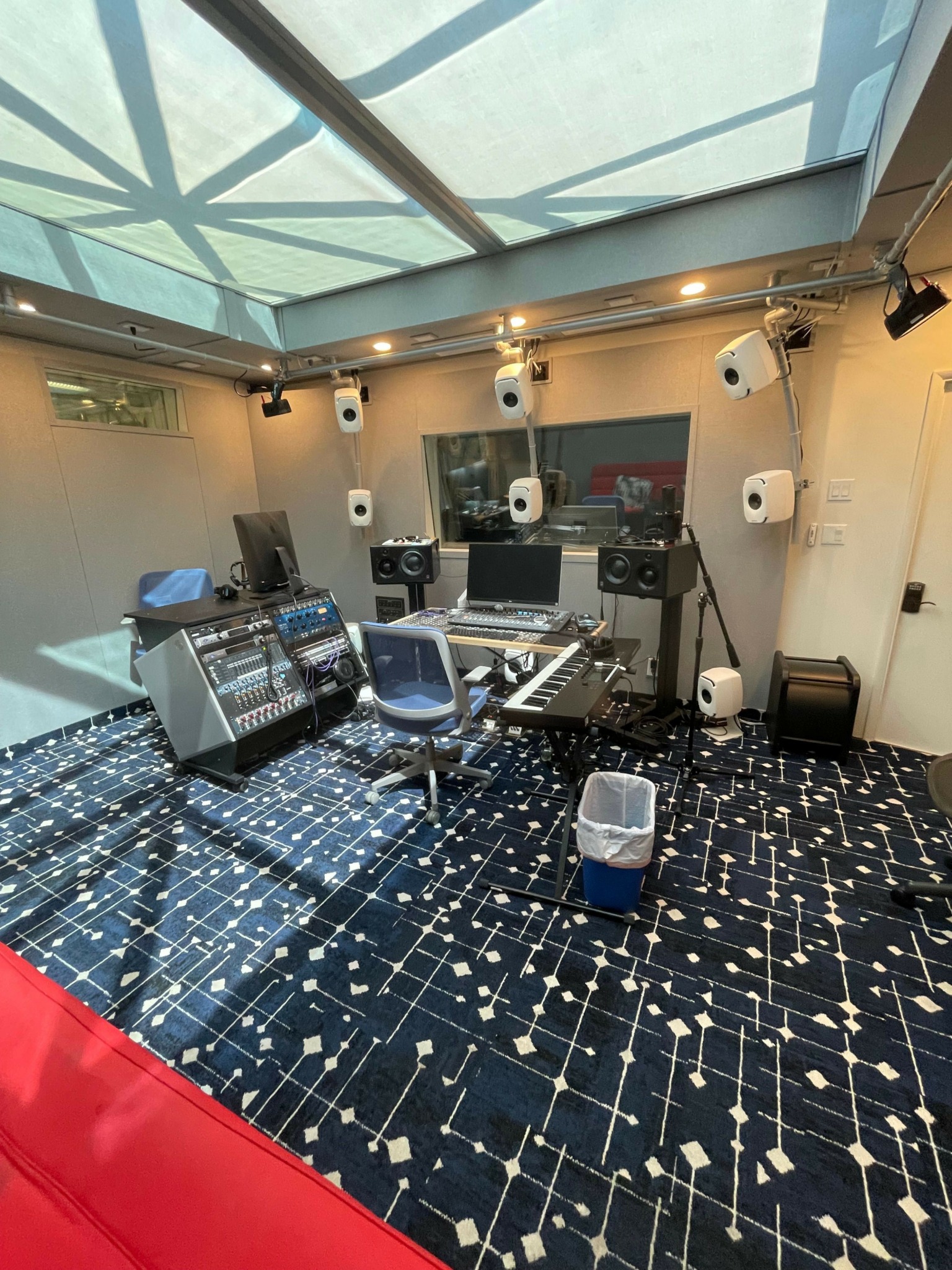
We’d love to hear a story of resilience from your journey.
I was commissioned to build a vocal booth and a control room for a very high profile client, right at the beginning of the Covid lockdown. I offered him “perfect sound for the engineer”, “perfect sound for the whole room”, or “Acoustics as Art”. He went for Art, which I hadn’t even thought about yet. So I took the “Design Fee” and spent the next month shut away from the world, allowing my mind to wander without any limitations or distractions and designed the Bazlat: a piece of theoretical acoustics, extrapolated from conceits, tempered by experience. I ordered 3,500 linear feet of them, without any proof that they would perform the acoustic miracles that I suspected. If they didn’t, I had 3,500’ of firewood.
Who knew?
The rest is history. I’m over 20 studios in, and nothing but positive reviews, rendered in superlatives.
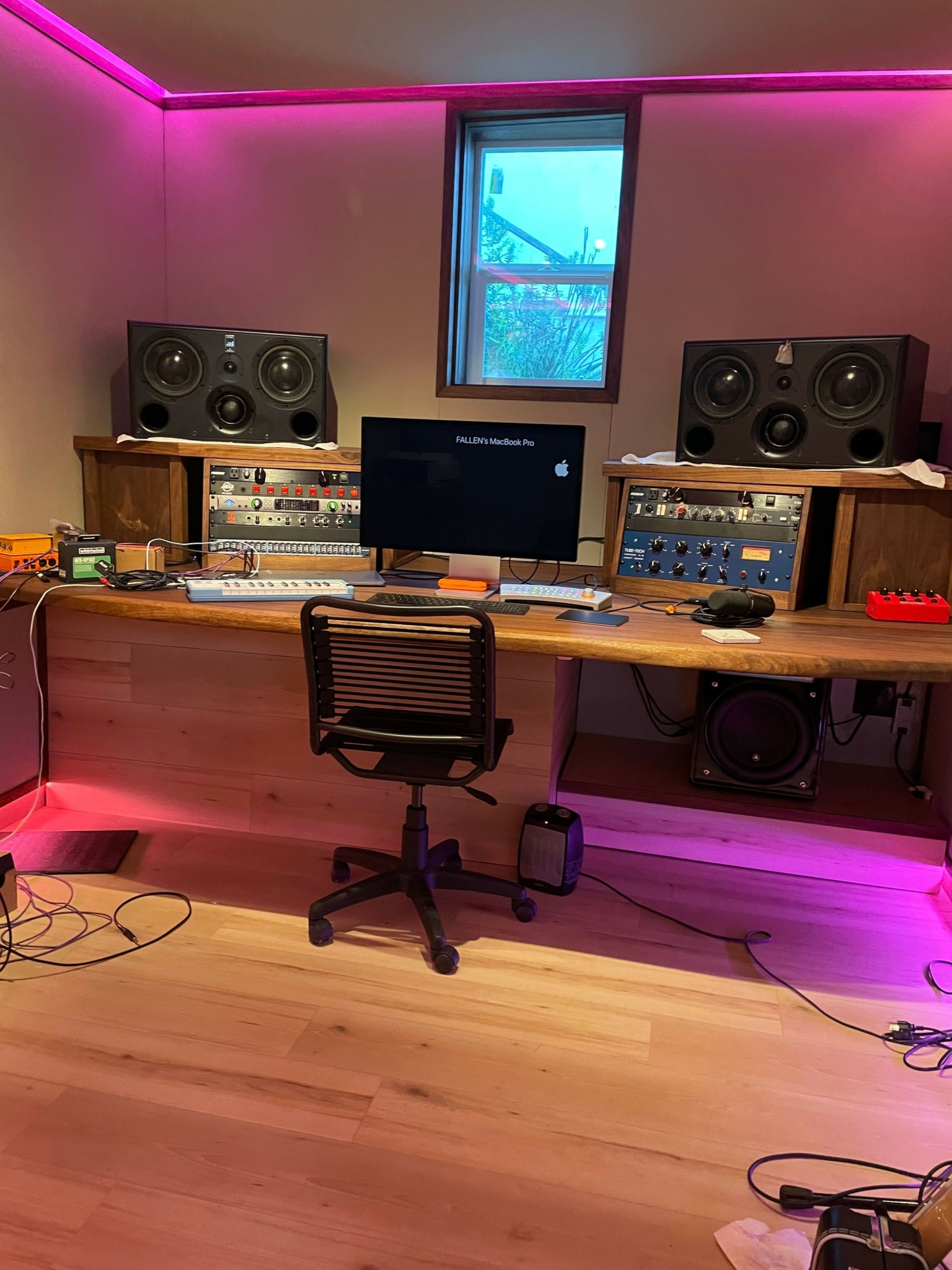
What’s a lesson you had to unlearn and what’s the backstory?
Recording studios have been very similar over the past 50-60 years. There have been major steps made to improve soundproofing, but not so much in Acoustics. There are generally accepted methods of treating the walls and ceilings, and routinely used devices in corners and other reflective areas. Minimums and ratios. Agreed upon norms. I got to the point where I could no longer keep on following the expected. I question everything. I search for proof, rather than accept the dogma.
I seek to invent the better mousetrap.
You don’t have to unlearn the protocols, you have to know which are verified and discard those that are purely ceremonial outdated traditions.
Contact Info:
- Website: [email protected]
- Instagram: Barrington Designs
- Facebook: David Barrington
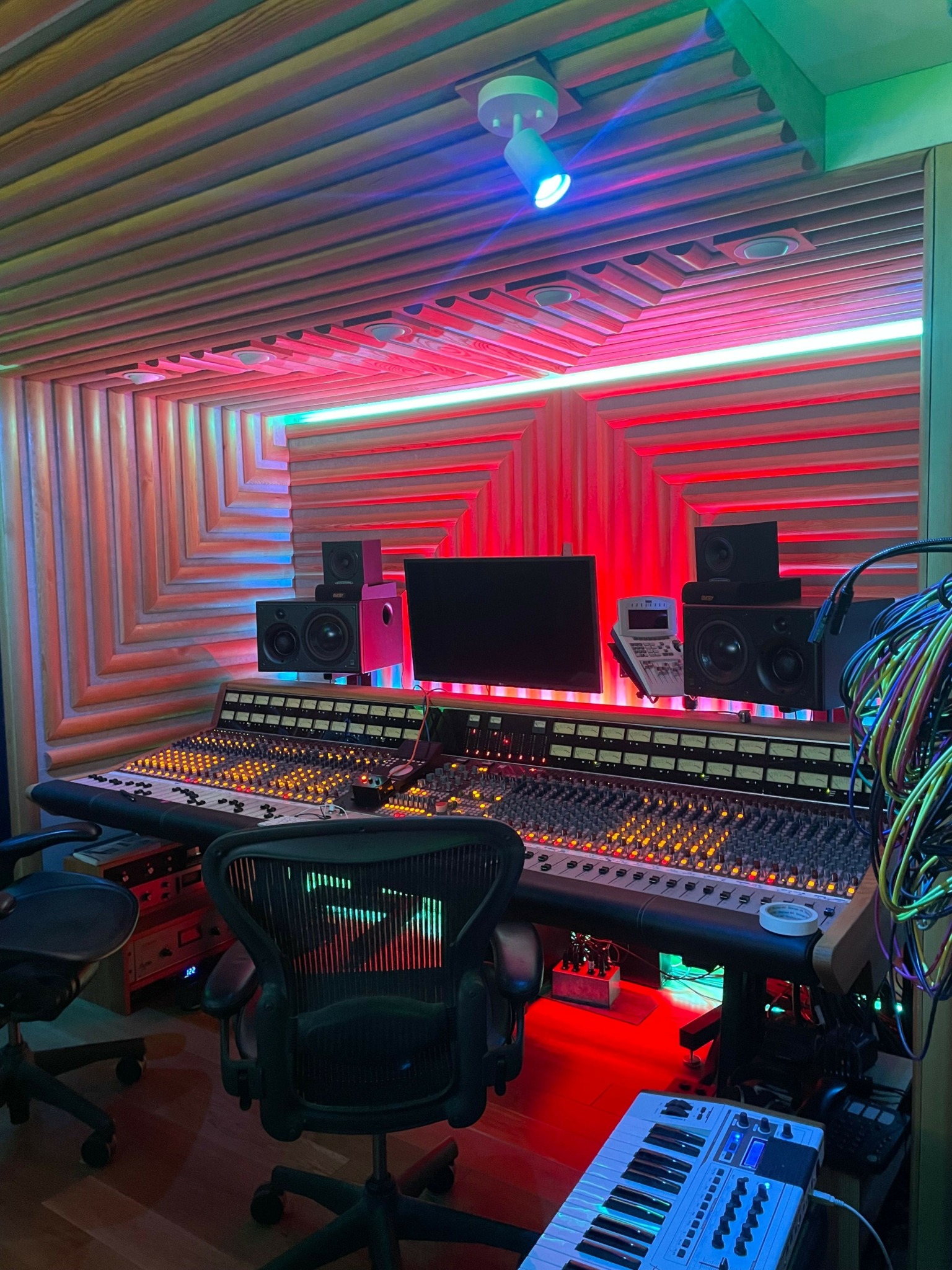
Image Credits
All pictures by David Barrington-Brown


